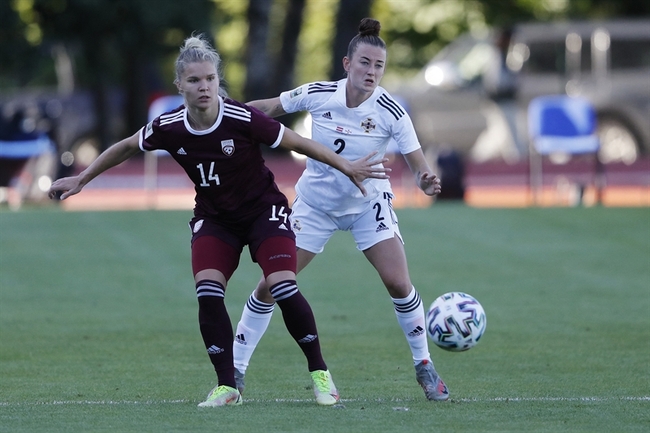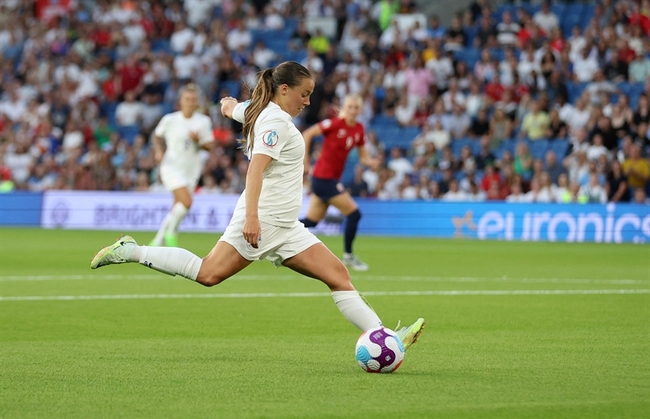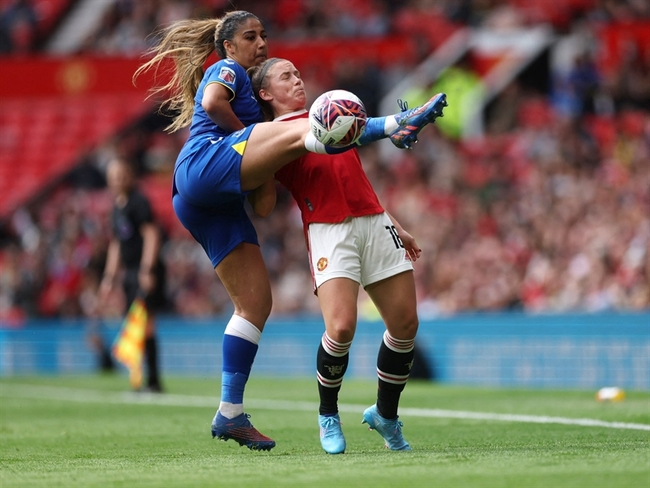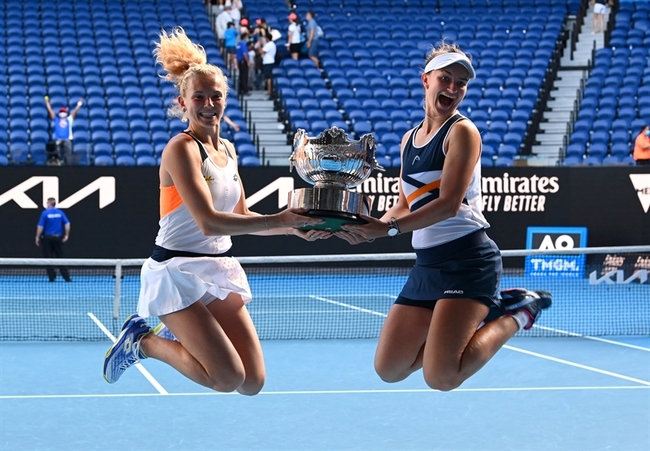3 things to watch for in athletes with femoroacetabular impingement

Femoroacetabular impingement (FAI) primarily strikes young male athletes. The syndrome is often best managed with surgical correction. However, it’s important to understand how FAI affects the biomechanics of those who try a conservative approach.
Researchers at Marquette University realized that gait assessment alone doesn’t mimic the extreme hip motion needed in sport(1). Therefore, they enrolled 14 people in a cross-sectional, case-controlled study with two independent variables to help understand the biomechanics in subjects with FAI. Half of the participants had no hip pain. The other half received a diagnosis of FAI based on subjective complaints, clinical tests, radiographic and MRI findings, and pain relief in response to an injection into their hip joint.
Using video motion analysis and force plate measurements, the researchers evaluated each subject while performing a double-leg and a single-leg squat. They found that all subjects shared similar kinematics during the double-leg squat. However, those diagnosed with FAI demonstrated six degrees less hip adduction and four degrees less thigh adduction during the single-leg squat than those without hip pain.
Measurements of hip kinetics found that those with FAI had a 30% reduction (normalized to body weight) of their hip abduction moments than the control subjects during a single-leg squat. The FAI subjects also had significantly lower hip extension moments during the single-leg squat (70%) and the double leg squat (20%) when normalized to body mass. Additionally, those with hip pain performed the single-leg squat much slower than those without pain.
Practical implications
The double-leg squat is an exercise typically used for hip strengthening. Those with FAI may be able to complete this exercise with relatively few symptoms and apparent deviations. However, compensations and deviations become more apparent when the hip motion and strength are isolated to one side during a single-leg squat.The single-leg squat isolates the hip motion and exaggerates the bony impingement between the femur and the acetabulum. An athlete with FAI may perform the exercise more slowly, as did the subjects in the study, to prevent the knee and femur from collapsing medially and causing pain. A lack of strength in the hip abductor and extensor muscles may explain the decreased force moments demonstrated in the study. Or, pain caused by a change in joint position upon activation of these muscles may have prevented their full use. Notably, the hip abductor and extensor muscles act eccentrically to control joint movement(1). Slowing down the squat would also decrease the force production needed by these muscles. Clinicians should, therefore, work on strengthening these muscles eccentrically within a pain-free range and position.
The single-leg squat may be a helpful functional test of improvement in athletes with FAI. Watch for:
1. Deviations in the painful hip, such as decreased abduction, during the single-leg squat movement.
2. Slower execution of the movement on the affected side than the non-painful side.
3. Weakness or delayed recruitment of hip abductor and extensor muscles on the painful side.
Reference
- JOSPT. 2019 Dec;49(12):908-916
You need to be logged in to continue reading.
Please register for limited access or take a 30-day risk-free trial of Sports Injury Bulletin to experience the full benefits of a subscription. TAKE A RISK-FREE TRIAL
TAKE A RISK-FREE TRIAL
Newsletter Sign Up
Subscriber Testimonials
Dr. Alexandra Fandetti-Robin, Back & Body Chiropractic
Elspeth Cowell MSCh DpodM SRCh HCPC reg
William Hunter, Nuffield Health
Newsletter Sign Up
Coaches Testimonials
Dr. Alexandra Fandetti-Robin, Back & Body Chiropractic
Elspeth Cowell MSCh DpodM SRCh HCPC reg
William Hunter, Nuffield Health
Be at the leading edge of sports injury management
Our international team of qualified experts (see above) spend hours poring over scores of technical journals and medical papers that even the most interested professionals don't have time to read.
For 17 years, we've helped hard-working physiotherapists and sports professionals like you, overwhelmed by the vast amount of new research, bring science to their treatment. Sports Injury Bulletin is the ideal resource for practitioners too busy to cull through all the monthly journals to find meaningful and applicable studies.
*includes 3 coaching manuals
Get Inspired
All the latest techniques and approaches
Sports Injury Bulletin brings together a worldwide panel of experts – including physiotherapists, doctors, researchers and sports scientists. Together we deliver everything you need to help your clients avoid – or recover as quickly as possible from – injuries.
We strip away the scientific jargon and deliver you easy-to-follow training exercises, nutrition tips, psychological strategies and recovery programmes and exercises in plain English.






